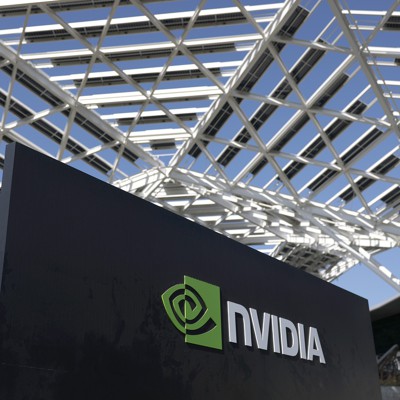
"NVIDIA unveiled a new artificial intelligence-enabled wireless stack structured to handle data-heavy workloads alongside tech contractor Booz Allen at its GTC event Tuesday. The NVIDIA-Booz Allen partnership touches two key domains: the creation of an AI-native wireless technology stack designed for 6G and physical artificial intelligence solutions. Other telecom players that contributed to the project's wireless tech stack alongside Booz Allen and NVIDIA include Cisco, MITRE, ODC and T-Mobile."
"As AI moves beyond smartphones to cameras, augmented-reality glasses, robots, autonomous vehicles and other devices, wireless networks face mounting demand to support billions of connections at unprecedented scale and efficiency, the NVIDIA press release said. To meet this challenge and support transformative technologies like integrated sensing and communications (ISAC) - a critical sensing capability for connecting physical and digital environments - wireless networks must become AI-native across hardware, software and architecture."
"Central to this effort is NVIDIA's AI-RAN architecture, used to embed AI at every level of wireless communications infrastructure. Physical AI, alternatively, helps machines interact more intelligently with their surroundings through data collected from sensors and cameras. Together, more advanced AI applications and improved spectral connectivity can be unlocked and deployed, according to Ronnie Vasishta, senior vice president of telecom at NVIDIA."
NVIDIA and Booz Allen partnered to build an AI-native wireless technology stack aimed at 6G and physical artificial intelligence. Cisco, MITRE, ODC and T-Mobile also contributed to the wireless tech stack. The stack embeds AI across hardware, software and architecture through NVIDIA's AI-RAN to support data-heavy workloads and scale for billions of connections. Integrated sensing and communications (ISAC) is highlighted as a critical capability for connecting physical and digital environments. Physical AI uses sensor and camera data to enable machines to interact more intelligently with surroundings. The effort targets extreme spectral efficiency, massive connectivity and deployment of advanced AI applications.
Read at Nextgov.com
Unable to calculate read time
Collection
[
|
...
]